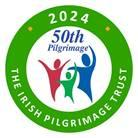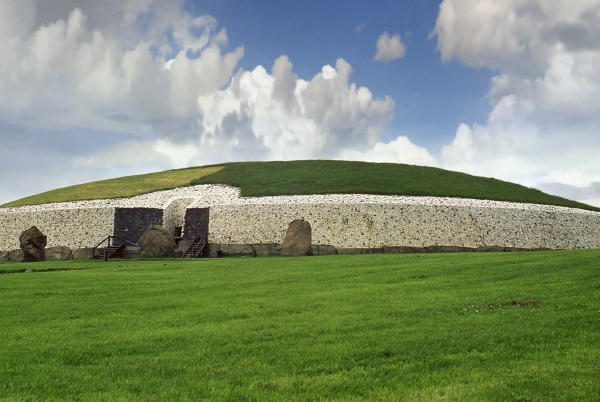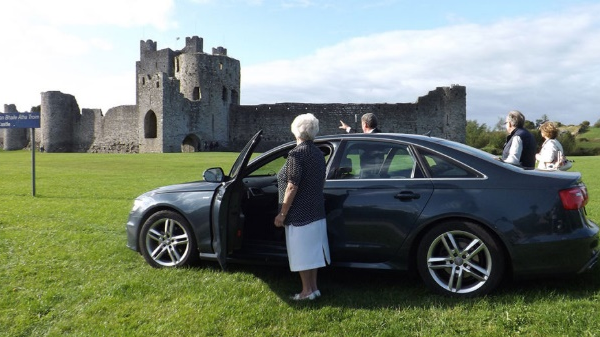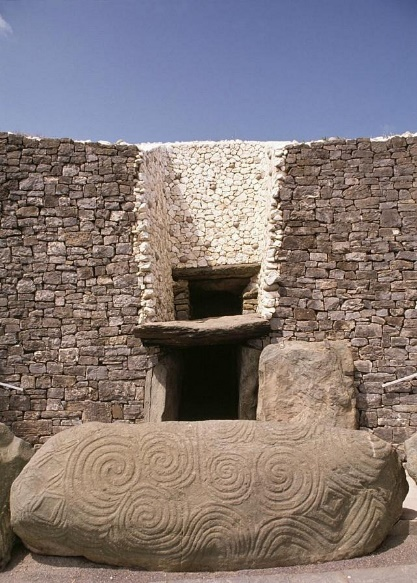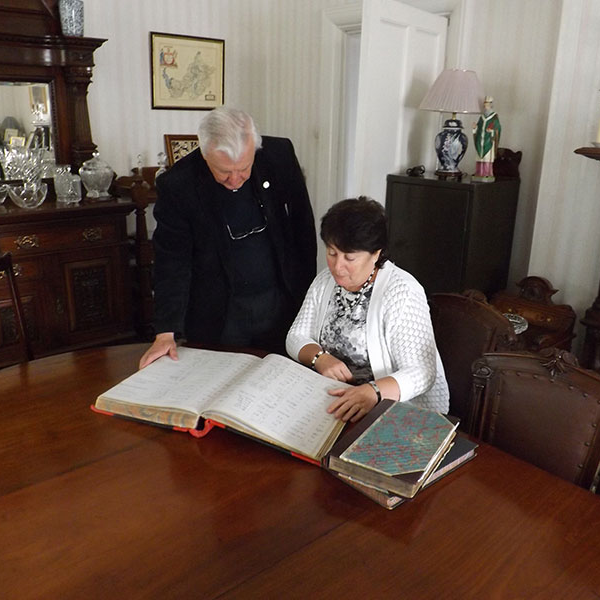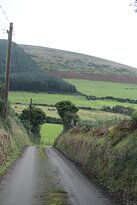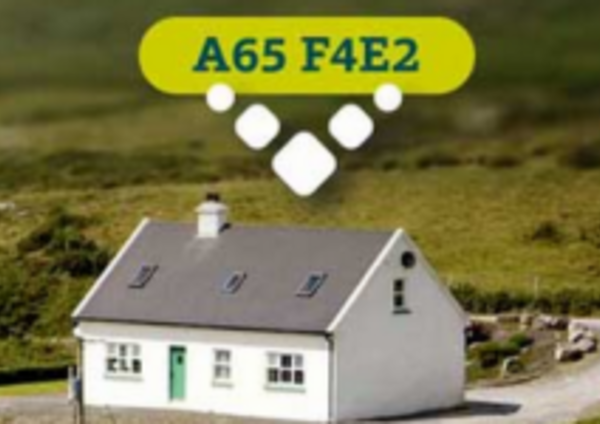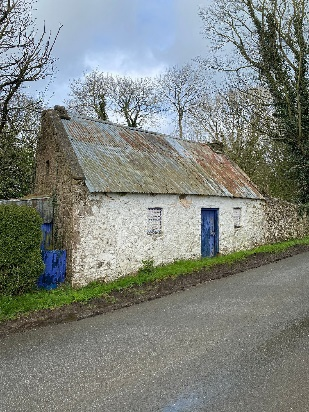Ireland is such a beautiful country, and it is named after the ancient Irish goddess Éire which means ‘Great Goddess.’ The country has a rich history and you can dedicate your entire life, yet it won’t be enough to learn everything about the country’s heritage. In this blog post, we will focus on how Irish names were developed so that you can understand them better.
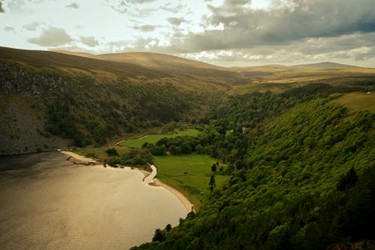
Why Is It Important to Explore These Names?
Ireland has a profusion of place names that have been handed down through the centuries. It’s worth knowing how they came about because it allows you to figure out what the original landscape looked like and who lived in them, as well as when they were inhabited. In other words, they are a good clue to the origin of the names of these places.
What Do These Names Indicate?
The names of places can also help indicate where early settlements were located. You may also find that the names of some towns and villages are derived from the names of the original inhabitants or their dwelling places. For example, the townland of Derrynane (from Airgid Eanna – the gold of fire) is associated with Derrynane House which was the home in Co Kerry of Daniel O’Connell, The Liberator.
Where Are These Names Driven From?
Early historians believed that most Irish names of places were derived from religious references. However, more recent research shows that topographical features also had a considerable, if not more, influence on these names. Moreover, culture also has always played a vital role in these names.
The fact that some names of places have been continually used throughout the centuries suggests that they are probably of ancient origin. On the other hand, some names may show up only once or twice in historical accounts and then disappear altogether. Historians have different explanations for this, but most believe that a name would disappear usually when some other people would invade the land and introduce their names.
There are also some strange examples where a personal name has been used to name rivers, islands, or hills. The boundaries of old hills were often marked by old standing stones or burial mounds. The name may have been derived from an older name. Another possibility is that it comes from a pre-Celtic word ‘leabh’ meaning ‘stone’. Sometimes place names have been altered or transliterated over the centuries, such as the change from Lochagus (from Locha-Cumhachtús – lake of the slave) to Loughcrew.
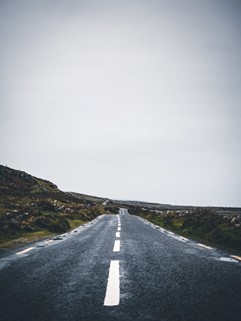
Hire Professional Genealogical Research Services
If you’re interested in learning more about Irish names, or wish to explore Irish heritage and ancestry, reach out to us. Learning about ancestors can allow you to understand your history and culture better. In some cases, finding out about your ancestors can also help you claim your lost heritage. Regardless of whatever their purpose might be to learn about their ancestors, we are here to help.
At My Ireland Heritage, you can find professional help for your Irish genealogy research. We also offer Irish ancestry and genealogy tours. We have highly experienced genealogical researchers that can trace their ancestors and help people learn more about their ancestral Irish roots. Get in touch with us to find out more.


